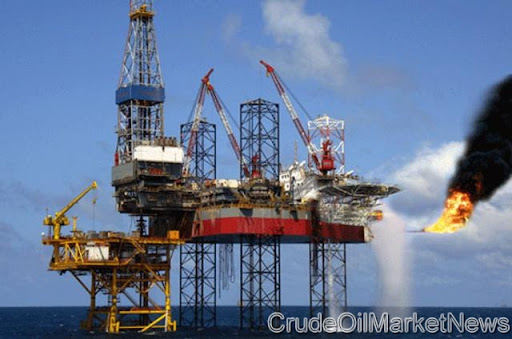 As the FT’s commodities editor, I’m an around-the-clock, on-call help desk for the newsroom. A typical request from colleagues can run like this: which country is the largest producer of, say, oil, copper or coffee? (For the curious, vanilla is the strangest request so far – and for the record, it is Madagascar.)
As the FT’s commodities editor, I’m an around-the-clock, on-call help desk for the newsroom. A typical request from colleagues can run like this: which country is the largest producer of, say, oil, copper or coffee? (For the curious, vanilla is the strangest request so far – and for the record, it is Madagascar.)
Last week one of my colleagues fired what should have been a simple question: is Russia or Saudi Arabia the world’s largest oil producer?
I had to pause for a second. After the sharp Opec-agreed output cuts in late 2008, Saudi Arabia lost the crown to Russia. But Riyadh has lately been pumping lots more oil to offset lost production from Libya. Even so, a quick look at the International Energy Agency’s estimates of global oil production suggests Russia remains comfortably in the first place, pumping 10.6m barrels a day, well ahead of the 9.1m b/d of Saudi Arabia at the end of February. So, the answer to the question is Russia, right?
Not so fast. The IEA estimates, often quoted to prove that Russia remains the king (not least by Moscow), are deceptive. The western countries’ oil watchdog’s published output for Opec and non-Opec countries is different.
Oil producers pump, to simplify matters somewhat, two main streams: crude oil proper and condensates and natural gas liquids, or NGLs. The former are a little-known corner of the market often called the “champagne” of oil or natural gasoline due to their high quality. NGLs and condensates are by-products of crude oil and natural gas extraction used to produce liquefied petroleum gas, gasoline and naphtha, a petrochemical feedstock. At atmospheric pressure, both condensates and NGLs are liquids.
For historical reasons, NGLs and condensates had been excluded from Opec’s own production limits. For that reason, the IEA estimates for Opec producers such as Saudi Arabia only include crude oil (the IEA publishes, separately, an estimate of total condensates and NGLs for the whole of Opec). Meanwhile, the estimates for non-Opec countries such as Russia include crude, condensates and NGLs.
There is nothing wrong with the way the IEA publishes its output estimates. Indeed, the way the Paris-based agency does it makes sense, as it helps to track compliance with Opec production limits. But one should be aware of the differences when ranking producers in order to avoid comparing apples with pears.
Back to my colleague’s question: According to the IEA, Russia produced in late February about 10.5m b/d of all oil liquids. Saudi Arabia, meanwhile, pumped 9.1m b/d. The latest forecasts I had seen for Saudi condensates and NGLs output for the current quarter (admittedly, a bit dated) were 1.6m b/d. Add both and you get 10.7m b/d for Saudi Arabia’s total oil liquids production – above the total estimate for Russia.
The Saudi kingdom is, therefore, again the king of oil.
Does it matter? Well, oil ministers and executives love production rankings, particularly when they are in pole position. And as you can see, reporters love them too.
(Source: http://www.ft.com/cms/s/0/8b4cdc66-5391-11e0-a01c-00144feab49a.html?ftcamp=rss#axzz1HEtAbaez)


























0 comments